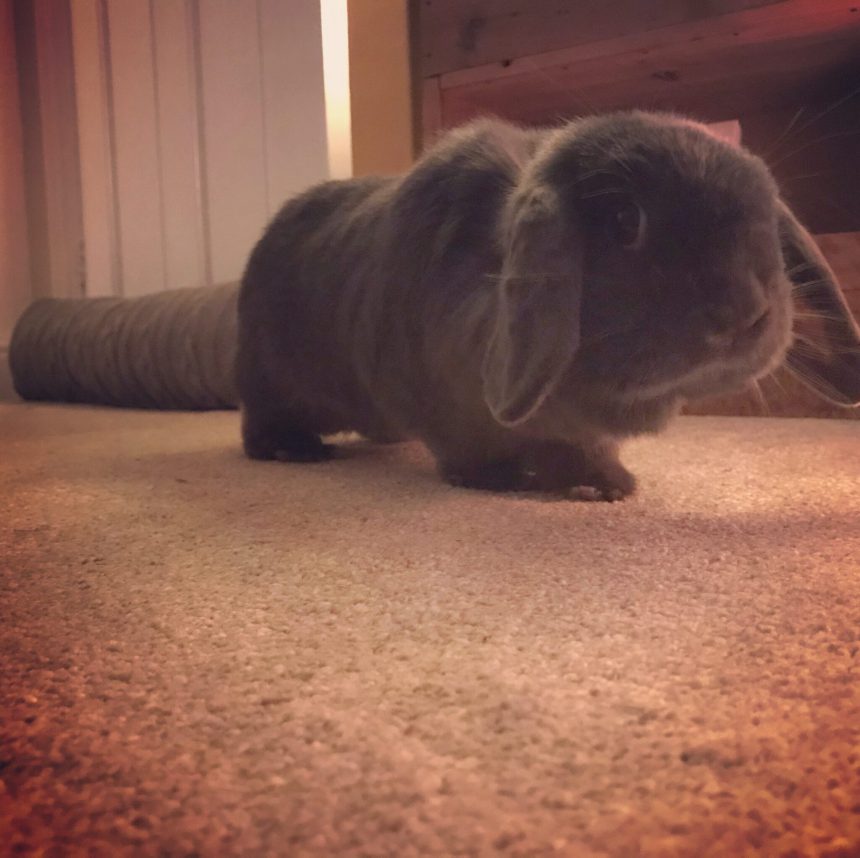Expressing normal behaviours
In the wild, rabbits would spend their time digging, running, jumping, rearing up, hiding, eating, socialising with other rabbits (and being alone some times too). To allow your pet rabbits to carry out their natural behaviours they need to be given plenty to do.
The Rabbit Welfare Association &. Fund
…A companion of their own
Bunnies in the wild exist in groups where they constantly communicate with each other, rely on them to survive and to keep warm. They are highly social. They are not solitary animals so just having a part time human isn’t natural either.
As a prey species rabbits easily suffer anxiety as they are born switched on to the danger of being eaten/taken. A bonded partner bunny relieves this – one of their own kind that can be there 24 hours of the day – where they communicate more, they relieve each other’s stresses, they eat together, they sleep together and groom one another – which also has beneficial effects to their wellbeing. You only have to see how losing a bonded partner affects a bunny to understand just a little of what that relationship means.
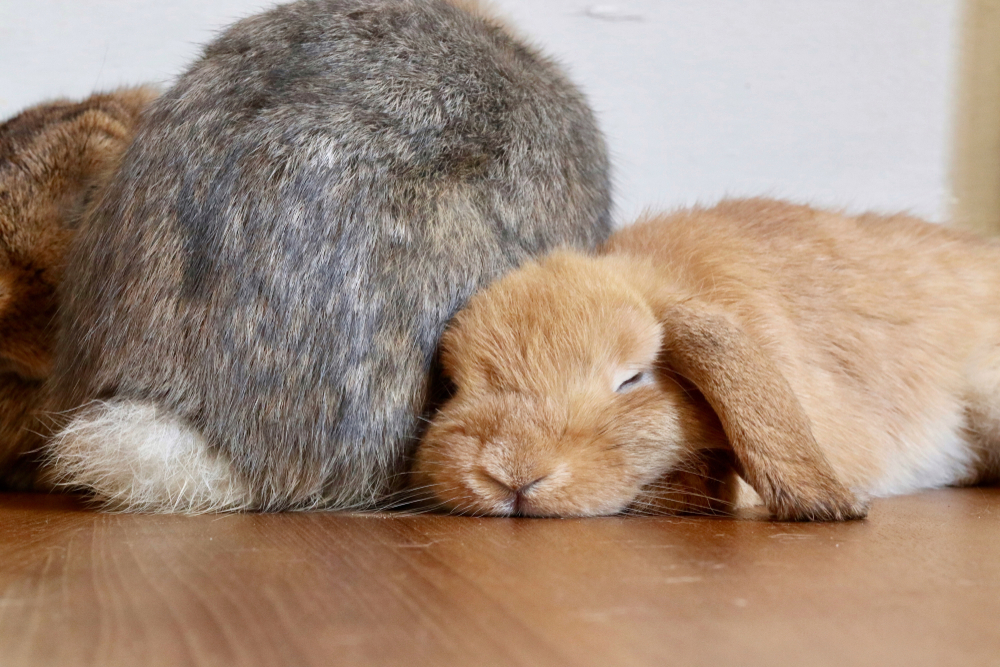
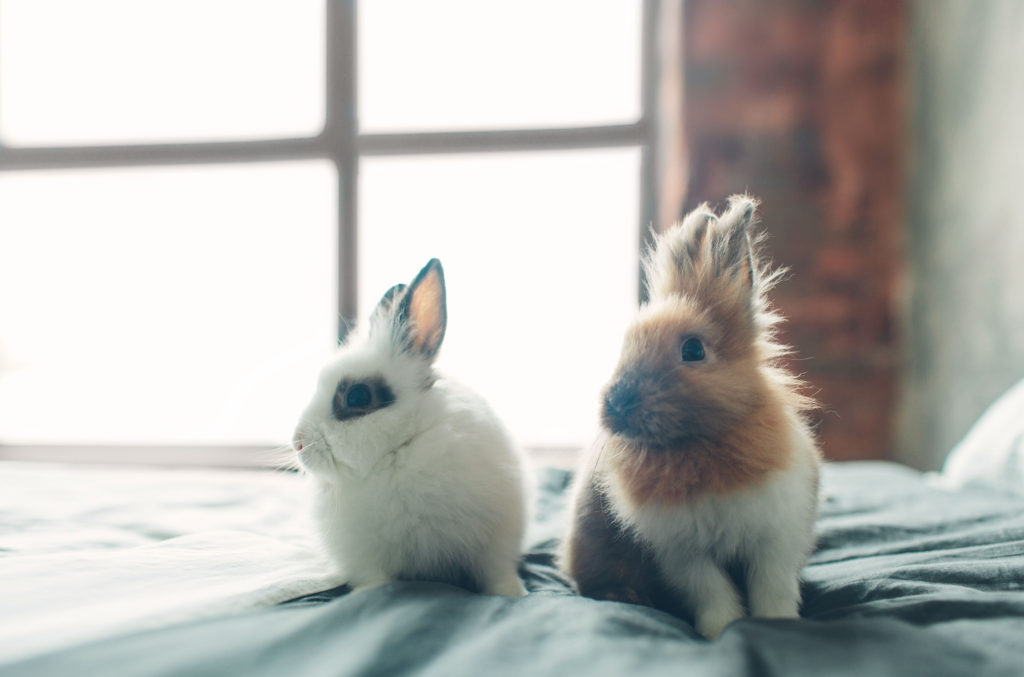
Bonding bunnies is often not straight forward either. You can’t assume you can just put two bunnies together and they’ll get loved up immediately. They are picky – so just because you like them doesn’t mean they’ll like each other. In the wild, they choose. In the wild they don’t live with other animal species normally. So why would they in your home?
So seek advice. Read up, speak to your bunny savvy vet, a reputable local rescue or even better, the RWAF for help with bonding and if you want your bunny to live alongside other animals.
Space, stimulation and relaxation
It’s an obvious thing to say but in the wild bunnies are not confined. They live in warren systems and above the ground where there are places to hide, areas to relax, and to run, jump, dig, forage, discover, and yes, binky. Replicating this in your home is important for your bunny’s wellbeing, health and happiness. Bunnies that are physically confined, or do not get enough space and stimulation can develop a whole host of problems which can affect them physically and mentally. These include skeletal issues, suppressed immune systems, boredom, weight issues, and anxiety.
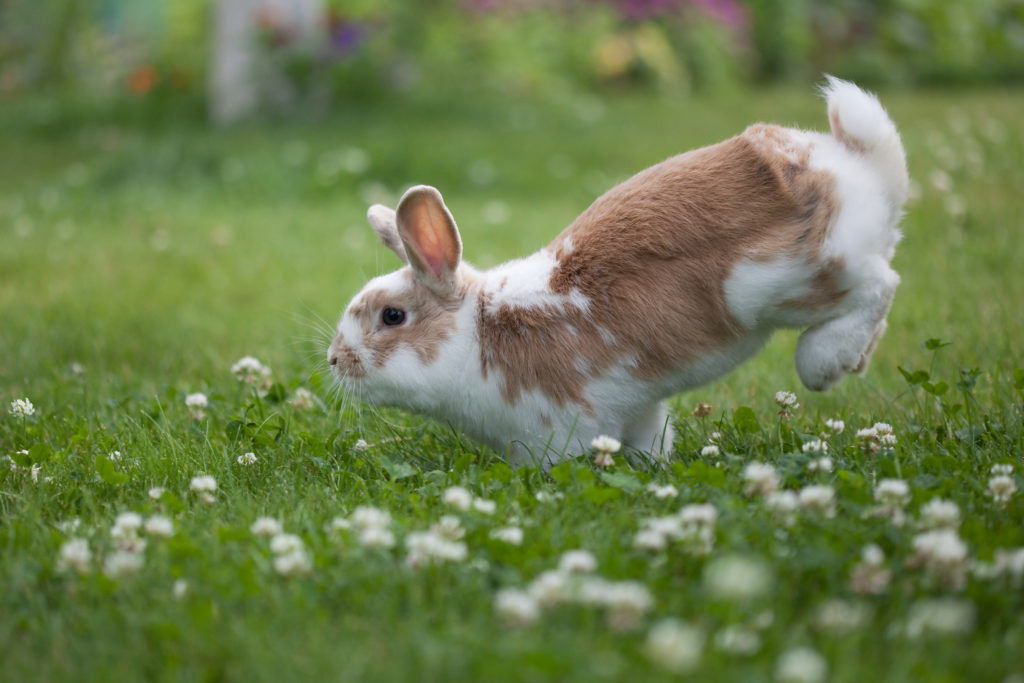
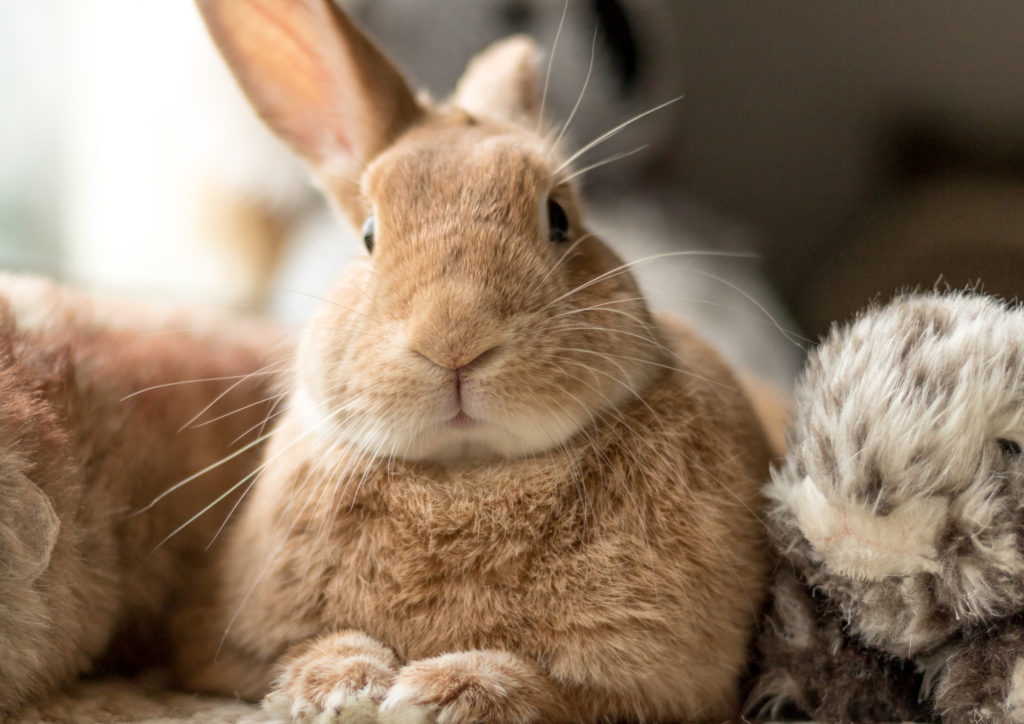
At minimum the recommended* space (indoors) is 10ftx6ftx3ft. This may be free range, in their own room or part of a room. It’s important that wherever their space is, that their areas are bunny proofed, safe and that their set up has plenty of stimulation and relaxation opportunities in order that their natural behaviours can be encouraged and satisfied.
Think about flooring – hard floors can cause skeletal problems and increased risk of injury. Make sure whatever it is it’s non-slip and appropriate for your buns. Older buns will need more padding for their ageing bones 🙂
Spaces should include dig boxes, tunnels, hay racks, different levels, places to hide, soft places to sleep, and space to jump and run. Hiding treats, changing things around**, making them think are all great for their wellbeing and it’s great to see how they deal with it too.
Temperature is also an issue as they have difficulty regulating their own– burrows naturally provide them with a constant temperature so they limit time above ground in the winter and in open heat. So it’s important to consider this in the environment you provide, and avoid extremes of heat and cold.
Husbandry
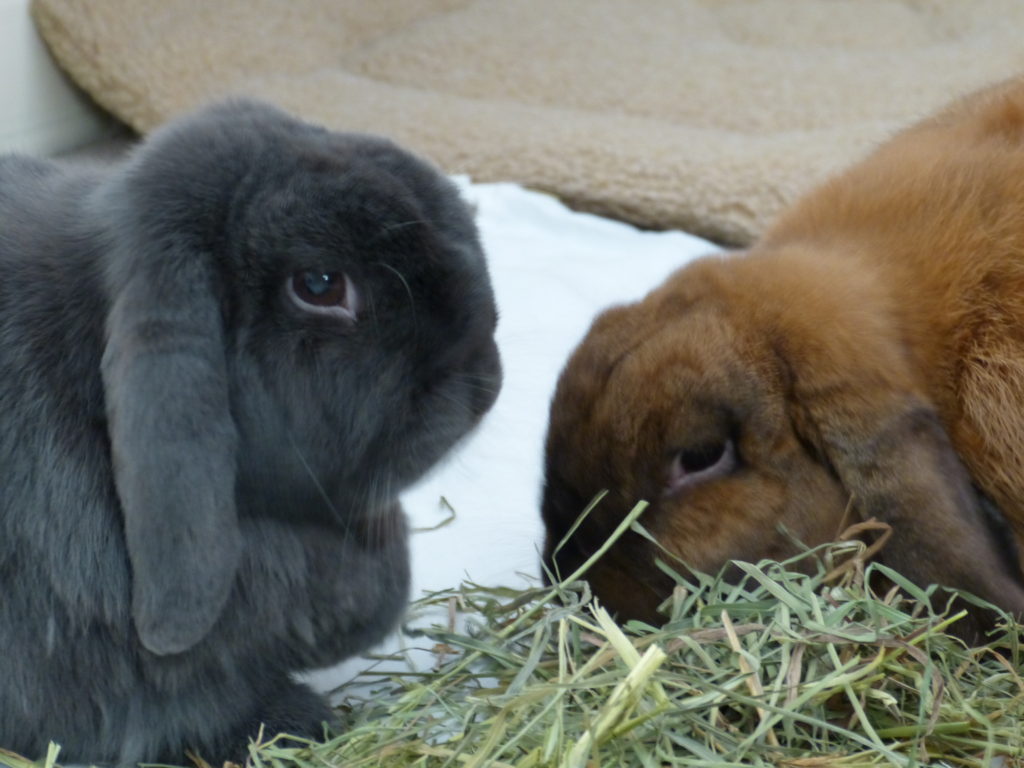
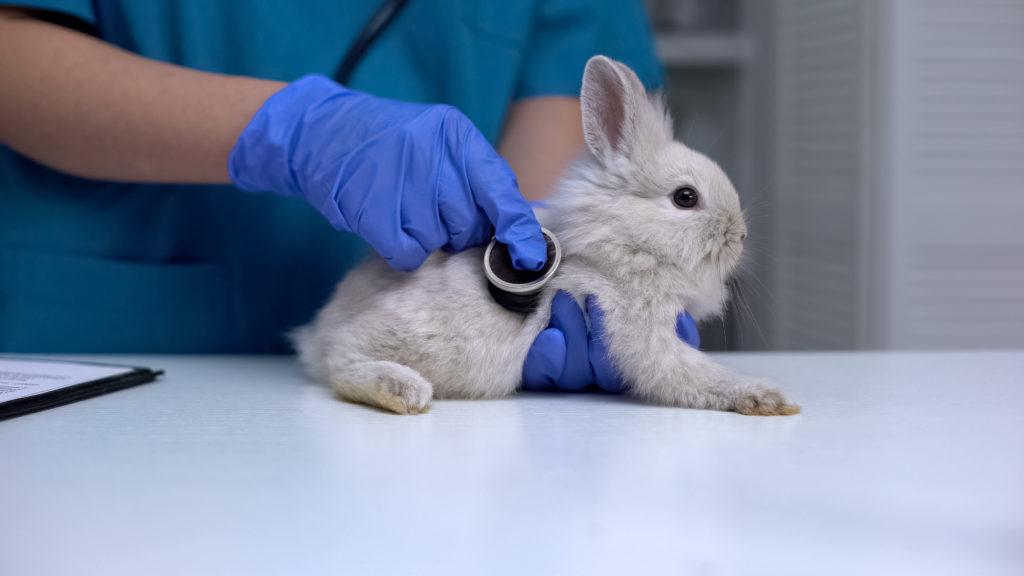
Providing the right food, endless good quality hay and clean water, daily cleaning (inc litter trays), environments that avoid unnecessary anxiety, ensuring they get their annual vaccinations, daily checking them over, and finding a good bunny vet and holiday boarder for when you’re away are all important.


“As prey animals, bunnies like to hide things from you – especially illness. The best piece of advice I could give anyone new to bunny ownership is to spend time getting to know your bunny. They are complex but if you watch closely enough, they do talk. You just need to learn their language.”
Sue, WildWood Bunnies
*Rabbit Welfare Association & Fund
** not recommended if you have a visually impaired bunny
Like to know more?
The Rabbit Welfare Association & Fund is an incredibly useful source of information on rabbit care, housing, behaviour, diet, illnesses, whether you’re considering getting bunnies, are new to bunny ownership, or are an old hand. They publish a list of great bunny vets, provide advice on whether a rabbit is right for you, and lots more on how to enrich their lives. Rabbiting On, the RWAF’s quarterly membership magazine has been an invaluable publication over the years for anyone interested in knowing more about their bunnies.

Rabbits are the third most popular pet in the UK, estimated to be around 0.9m. They are also, however, the worst treated or understood. An estimated 67,000 a year go through/are in rescues.

“Despite being one of the most popular pets, rabbits are amongst the most neglected, with a huge proportion living out their days confined to a hutch, alone and unable to display the behaviours they would show in the wild.“
The Rabbit Welfare Association & Fund
Recent research continues to confirm that rabbits continue to suffer – from a lack of understanding for their needs, incorrect handling, housing, feeding, illness as well as environmental stresses including boredom.
We have come a long way in the last few decades to understand more about bunnies and what is regarded as positive bunny welfare. A big part of the problem is that people who decide to get rabbits don’t understand what is involved. WildWood Bunnies aims to continue to help tackle this issue.

